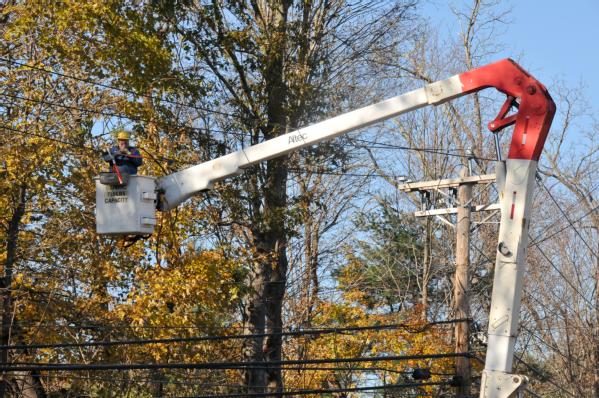Monitoring Severe Winter Weather
We continue to closely monitor the severe winter weather in the Rocky Mountain and Central Plains as winter weather advisories, watches and warnings continue for the next few days. The National Weather Service has issued winter storm and winter weather advisories for parts of Idaho, Montana, Colorado, Wyoming, Utah, South Dakota, and New Mexico. Through our regional offices in Denver, Kansas City and Denton, Texas, we are continuing to stay in close touch with our federal, state and local partners in all the of potentially affected areas. While there have not yet been any requests for federal assistance, we stand ready to support our state and local partners, if needed.
Yesterday, blizzard conditions forced interstate traffic to a standstill in several states, and caused tragic accidents in some places as well. Our thoughts and prayers go out to the families who lost loved ones, and the effects of this severe storm serve as a reminder of the dangers of winter weather.
While we can’t control if winter weather will affect our city or town, we all can take steps to be better prepared if it does. If your area is likely to be affected by snow, ice, or blizzard-like conditions this winter season, remember to:
- Limit travel during a storm – only venture out on the roads if it’s absolutely necessary
- Stay up to date with your latest forecast – visit weather.gov or mobile.weather.gov on your smartphone for the latest conditions in your area. (This blog post has a full run-down of winter watches and warnings and what they mean.)
- Have an emergency kit in your vehicle – if a winter storm develops suddenly, have supplies on hand in case you’re stranded in your vehicle. (Ready.gov/build-a-kit has tips to get you started)
- Take precautions for power outages – winter storms often cause power outages, so be sure your family and home take steps to sustain yourselves for at least 72 hours
For more winter safety tips, visit Ready.gov/winter, or http://m.fema.gov on your mobile device.


